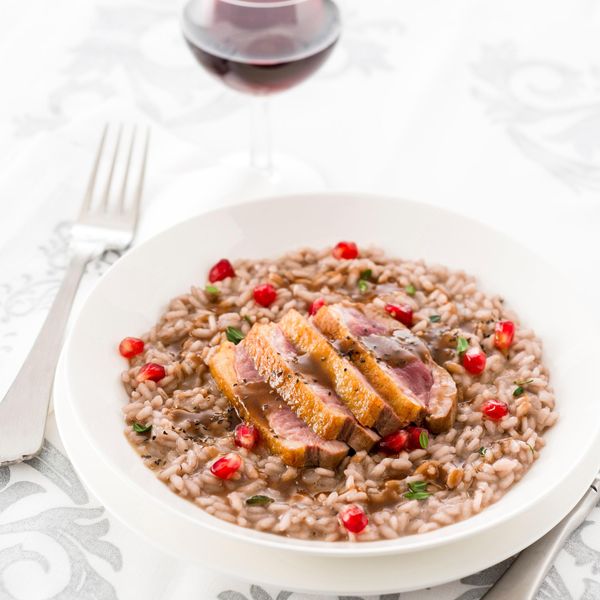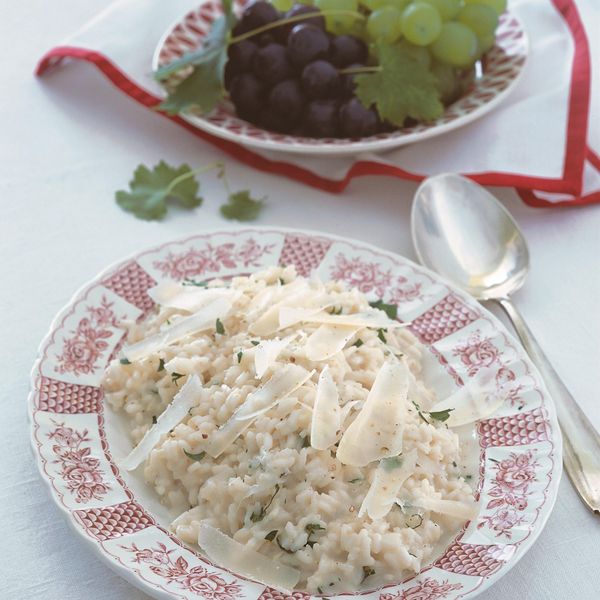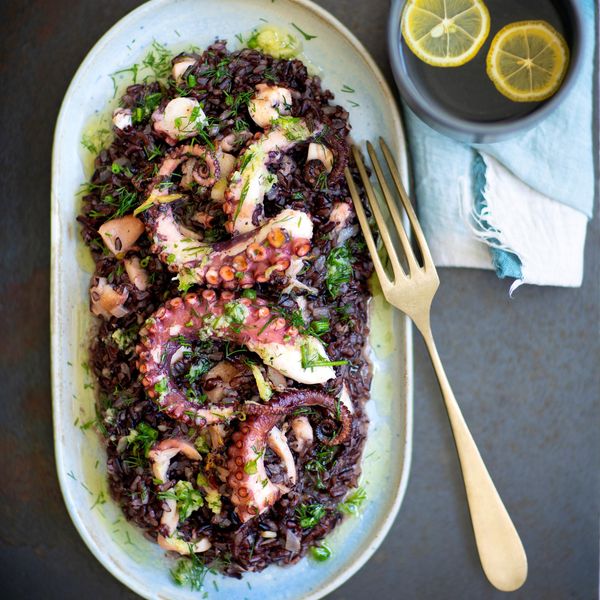
Bananas, but also pineapples, kiwis, avocados: their long journey and the secrets of their conservation to reach our festive tables
Travels of over 10 thousand kilometers, transport by ship, controlled ripening, and a series of secrets to make them arrive on our tables ready for the holidays: the tropical and exotic fruits most dear and known to us, which we are now used to seeing at market in quantity, they actually face long journeys before reaching Europe. Bananas, pineapples, avocados all come from other continents. The history of the kiwi is more curious: although in the collective imagination it is considered an exotic fruit, it instead boasts a primacy of Italian production.
Bananas - They are among the most widespread fruits in the world, in fact their plantations extend in 107 different countries. In terms of quantities produced, India is the most prolific country even if Indian bananas are used mainly for internal consumption and not for export. Those that commonly arrive in Italy are instead originating from Ecuador, the Philippines and Colombia, the three main exporting countries of this fruit. To understand how much Italians love bananas, it is enough to mention a few data: every year in Italy over 10 kilograms are consumed per person, or about 60.
The journey to Europe is long and complex: from the plantation (in Ecuador, for example), the helmets weighing up to 40 kg are collected and then taken to the first wash and placed in bags; from here they are loaded into fresh containers (the temperature is about 13 degrees) and loaded onto the ships. After 4 weeks of travel they arrive at their destination. Here they are stored in cold rooms where humidity and temperature levels are carefully controlled, to ensure that they do not blacken and are perfectly preserved until they arrive in our homes.
Pineapple - The royal fruit par excellence, due to its shape, its golden rind, its tuft that resembles a crown, arrives in Italy in 90 percent of cases from the plantations of Costa Rica. This country is in fact the largest producer to the world, followed by Ivory Coast, Ghana, Nigeria and Cameroon and some tropical countries such as Honduras, Mexico, the Dominican Republic as well as the Philippines and Thailand. To calculate the time of harvesting of the fruits, check their destination first: the pineapples of Costa Rica, for example, take 15 to 25 days to reach European ports by sea and therefore are collected earlier than those that will arrive in the United States. At the time of harvest the fruits are still green on the outside, like the inside they are already juicy and ripe just like when we will have them on our tables. The pineapples arrive at the ports by truck, here they are sorted by size and degree of ripeness and then loaded into the cold rooms and containers ready for the journey by ship.
Avocado - It comes from the Mexican mountain ranges, from Guatemala, and from vast areas of Central America, as well as from the United States, from various Latin American countries, from Indonesia and is also cultivated in Italy. Its collection is curious: a special stick-pincer is used to detach the fruits directly from the tree because if they fall to the ground they can no longer be exported. Once washed, a special machine checks the consistency and color of their pulp and only the greener ones are then boxed and prepared for shipment. As in the case of pineapples and bananas, avocados are usually shipped to Europe in controlled atmosphere refrigerated containers, loaded on merchant ships bound for ports on our continent.
Kiwi - The history of kiwi, on the other hand, is different, a fruit famous for its New Zealand production, which, however, has spread widely in Italy since the 1970s. By now the vast local production, from north to south, is able to fully satisfy internal demand, even if on the market there are still kiwis from other countries, such as the United States or neighboring Greece, where an important market has developed. for the export of this fruit.







